Harbor Freight Tools 92573 User manual
Other Harbor Freight Tools Measuring Instrument manuals

Harbor Freight Tools
Harbor Freight Tools PITTSBURGH 63655 Assembly instructions
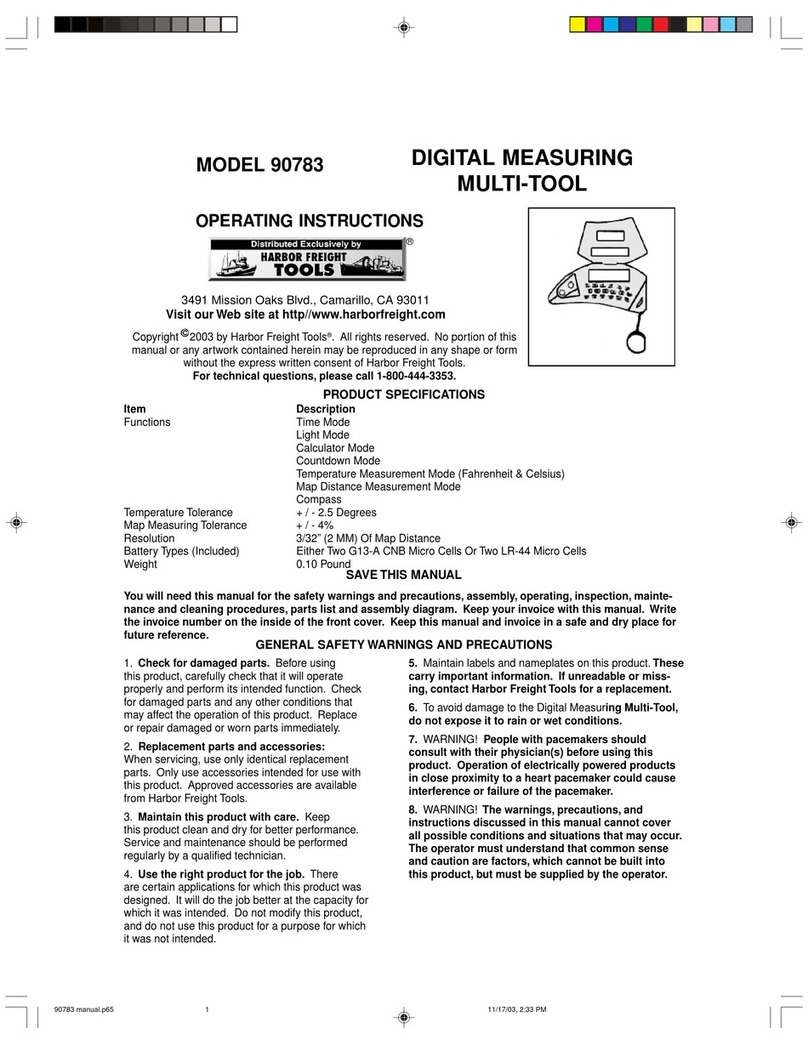
Harbor Freight Tools
Harbor Freight Tools 90783 User manual
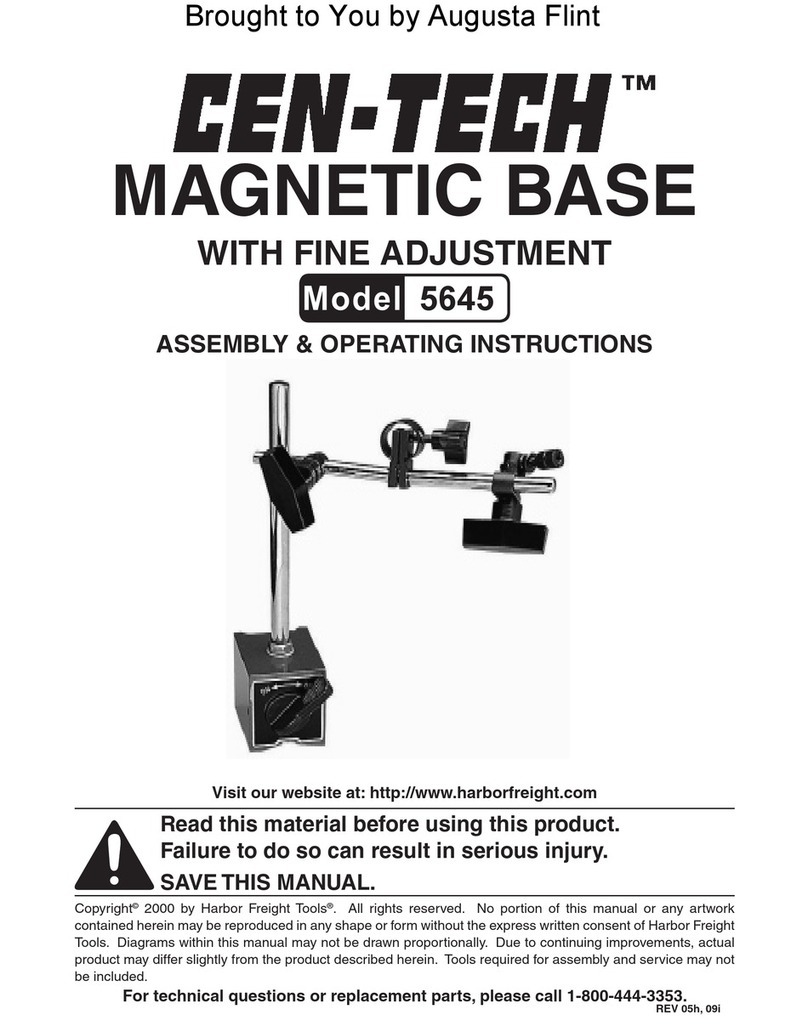
Harbor Freight Tools
Harbor Freight Tools Cen-Tech 5645 Quick reference guide
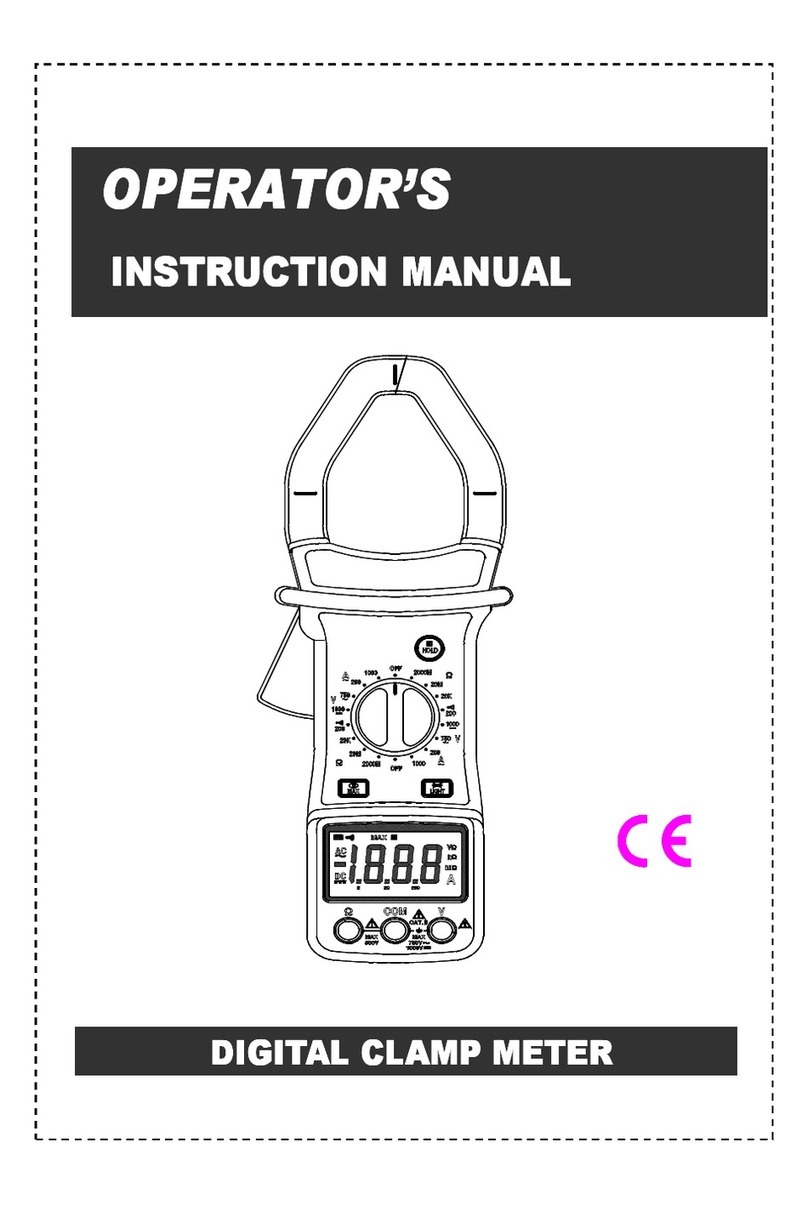
Harbor Freight Tools
Harbor Freight Tools CEN-TECH 41080 Assembly instructions
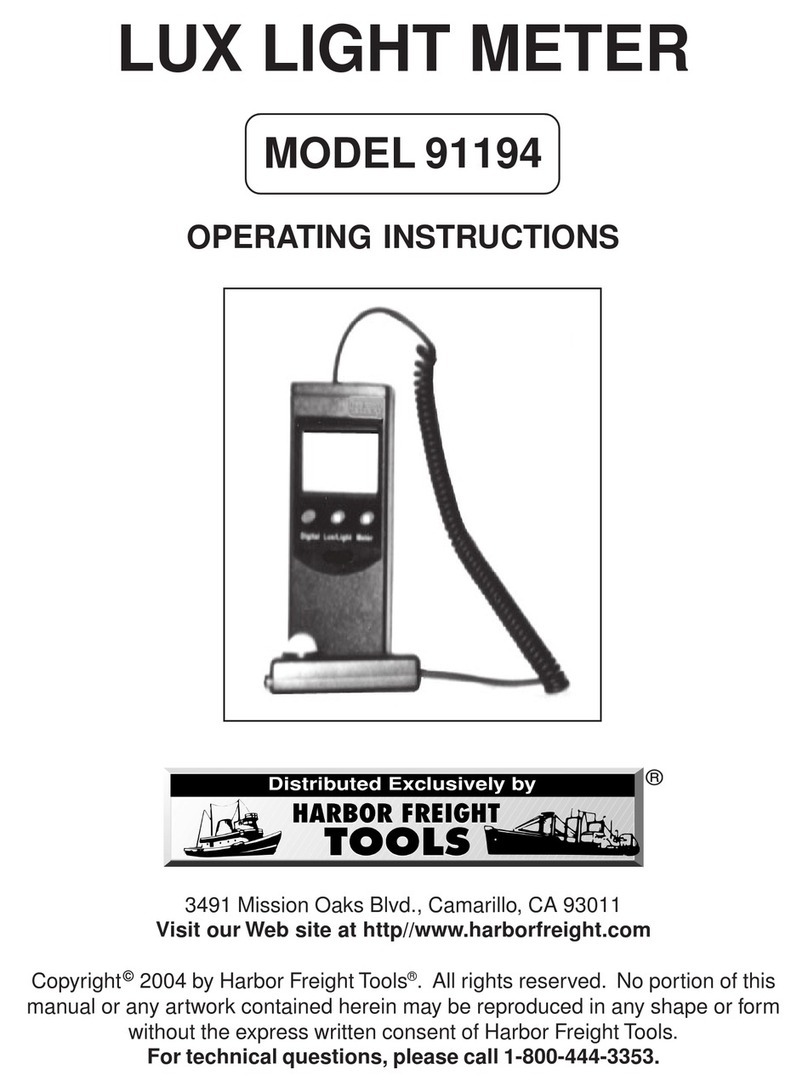
Harbor Freight Tools
Harbor Freight Tools 91194 User manual

Harbor Freight Tools
Harbor Freight Tools 98481 User manual

Harbor Freight Tools
Harbor Freight Tools CEN-TECH 94767 User manual

Harbor Freight Tools
Harbor Freight Tools 90716 User manual
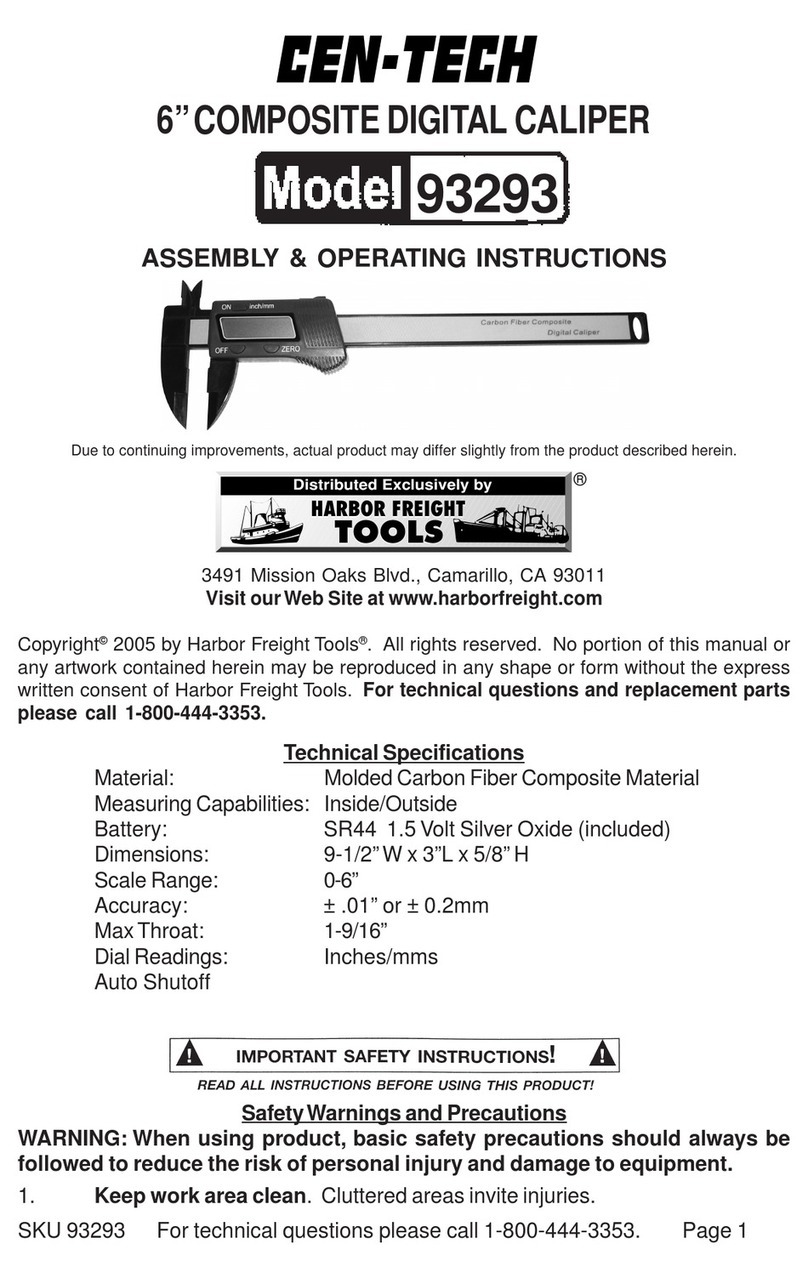
Harbor Freight Tools
Harbor Freight Tools CEN-TECH 93293 Quick reference guide

Harbor Freight Tools
Harbor Freight Tools Pittsburgh 47256 Assembly instructions
Popular Measuring Instrument manuals by other brands

Powerfix Profi
Powerfix Profi 278296 Operation and safety notes

Test Equipment Depot
Test Equipment Depot GVT-427B user manual

Fieldpiece
Fieldpiece ACH Operator's manual

FLYSURFER
FLYSURFER VIRON3 user manual

GMW
GMW TG uni 1 operating manual

Downeaster
Downeaster Wind & Weather Medallion Series instruction manual

Hanna Instruments
Hanna Instruments HI96725C instruction manual

Nokeval
Nokeval KMR260 quick guide

HOKUYO AUTOMATIC
HOKUYO AUTOMATIC UBG-05LN instruction manual

Fluke
Fluke 96000 Series Operator's manual

Test Products International
Test Products International SP565 user manual

General Sleep
General Sleep Zmachine Insight+ DT-200 Service manual















